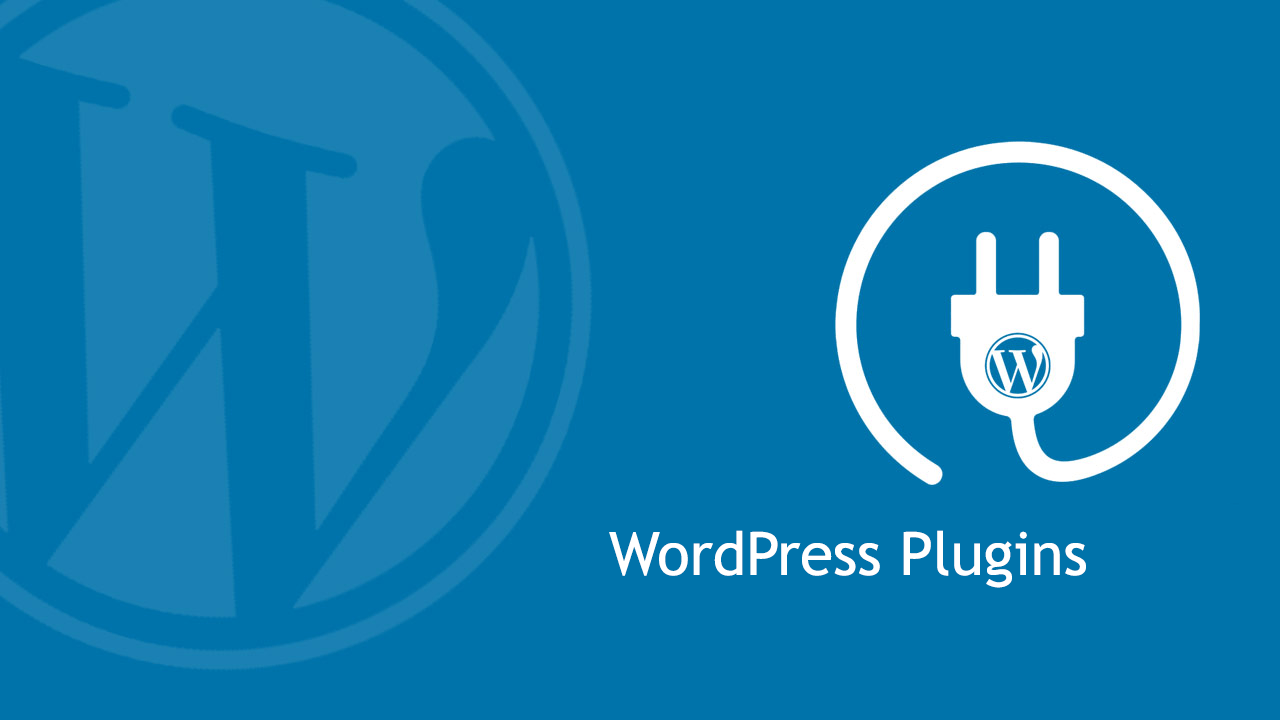



Note that Gin omits the 0.0.0.0 prefix by default, but you need to add : before the port number. Gin will listen according to the port information in config.yaml, which is 0.0.0.0:8080 by default in the package. Github: # GitHub proxy open: false # Whether to open minify: onlyMin # Compressed file configuration, three types: all / onlyMin / none endpoint: #array list of proxies, tried in order from top to bottom white_list: # Whitelist, format: /, supports * wildcard npm: # NPM proxy open: false # Whether to open minify: onlyMin # Compressed file configuration, three types: all / onlyMin / none endpoint: # array list of proxies, tried in order from top to bottom white_list: # Whitelist, format: or wordpress: # WordPress proxy plugin_open: false # Whether to open for plugins proxy theme_open: false # Whether to open for plugins proxy minify: none # Compressed file configuration, only support two types: all / none plugin_white_list: # Whitelist for plugins, format: theme_white_list: # Whitelist for themes, format: # Cross Origin Configuration cors:Īllow_origins: # Default is wildcard allow_methods: allow_headers: allow_credentials: false expose_headers: Port you're DONE!Ī genius of an idea for which the developer, Jean-Baptiste Audras, should get royalties when it becomes a built-in of the next Gutenberg update.Name: Anchor # string, application name listen: :8080 # string, Gin listen endpoint debug: false # bool, whether to enable debug mode # Proxy settings proxy: But there are reasons why I use WordPress and this one caveat of forcing mixed editing styles is just dysfunctional.Įnter Gutenberg Anchor BLock! Simply add it to your page, just as you would any other block, just above where you want an anchor point, enter a unique name for the anchor, and voila. Trust me, if I wanted to work in HTML, I would. There is no way to just add the HTML "id code" and keep the existing Gutenberg Block editing structure for all other aspects of the paragraph or picture. So now you have to work with BOTH Block and HTML content on a single page. Trying to add the HTML code id="xyz" to anywhere else (text, pictures, etc) forces you to convert the block to pure HTML, thereby losing the block editing structure for all else related to that particular block. As someone who can edit HTML code quite well, I find it awkward how WordPress makes it to add "anchors" to any place in a document OTHER THAN Headers (Gutenberg has this built in, but JUST for headers). Such a simple yet INGENIOUS little plugin that elegantly solves a bugger of an issue with Gutenberg WordPress.


 0 kommentar(er)
0 kommentar(er)
